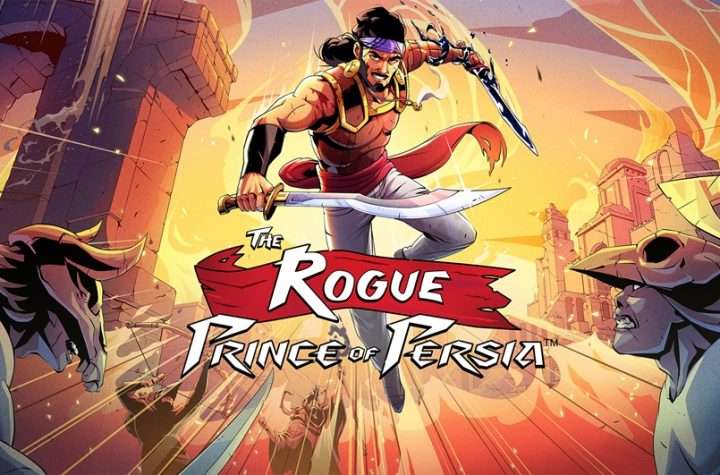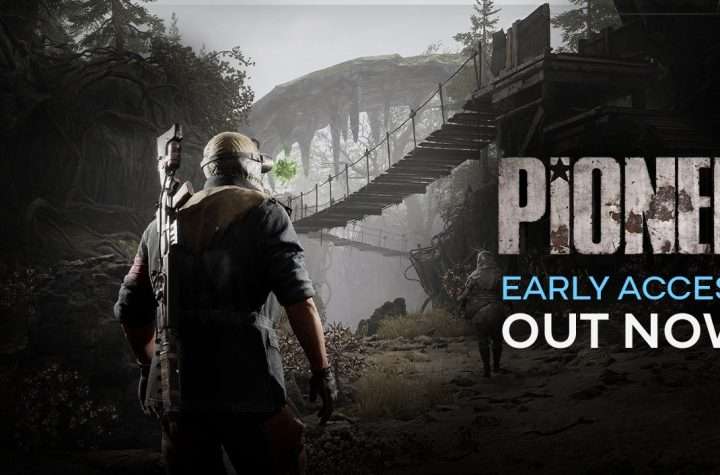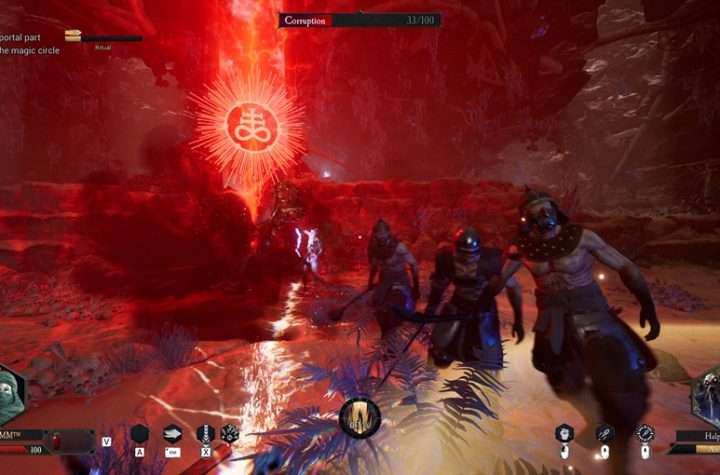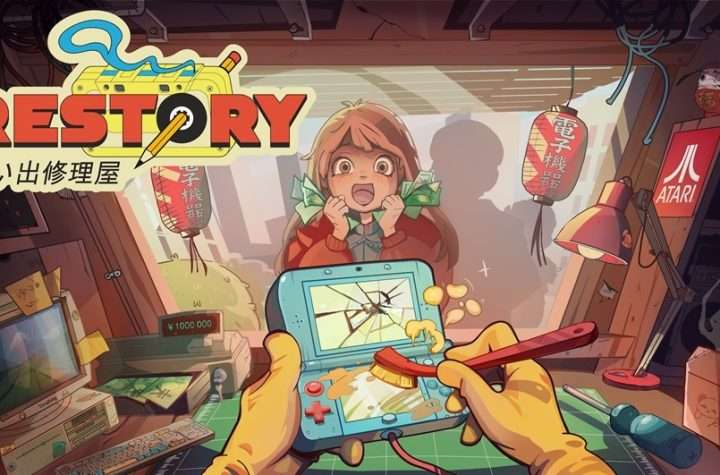Last week I was tuned into the USC Games Expo livestream, which showcased 4 different games created by USC students. After a brief introduction that included a cameo of Mark Hamill (I had a full fledged fan moment), the spotlight turned to each of the team’s lead creators, who hosted an in-play demo. Below is what we learned about each of the games:
Light at the End of the Tunnel
Karter, a senior Master student, told us that this VR game was his love letter to the horror genre. Campy and creepy, the objective is to investigate an old mining site your character works at and take flash photography to locate a lost coworker. There are 6 different types of ghoulies, which are creatures in the mines that can haunt and harm you on your search. One type can impersonate other people, while others are non-aggressive and just follow you around. Your camera is in your right hand, and you can use it to take screenshots or generate a momentary source of light. There are also holes in the roof of the mine, which allow you to get a radio signal from above. Because of the VR headset, the game forces the player to sit in complete darkness. Even though I wasn’t personally playing the game, just watching the demo felt an extremely immersive. The incredible detail of the mines and monsters is extremely impressive. The game is created for Oculus Rift, and I think this will be an extremely enjoyable VR game for those who like a little adrenaline rush!
Catharsis
This game is from the perspective of a blind artist reliving their past memories, and it uses unique graphics to tell the character’s story through simple but powerful visuals. Most of the game is in a pitch black world, and as you move around you can see different shapes, outlines, and silhouettes. There are also fragments of sounds, like a car crash and ambulance sirens. For this reason, this game is not recommended for those with PTSD from a car accident. The narrative is not told in a linear fashion, so you have to piece together what happened as more memories come to light. Because the story is so personal, small images and sounds have a much bigger impact—for example, a phone ringing and the message “Operation failed” after the car accident implies a tragic aftermath. I was very moved by the unique creativity of this game’s design, especially after the host Dan told us that everything was created by 2 students and completed in just 1 semester for a class project.
Short Stacked
Next up was this mischievous, light-hearted game about two best friends skipping school and trying to get away with trouble by standing on top of one another and pretending to be an adult. You complete missions, such as buying popcorn and sneaking into a movie theater, and you have to use teamwork between the two characters to keep your balance without drawing suspicion. There is also a time level for each level, as well as a report card that evaluates how successful you were. The design is very cute and colorful with a cartoon comic book vibe, almost like a child’s sketch. When showing us the game, the lead artist Christie explained that the game is special because it lets the player do all the things they always dreamed of doing as a kid. Especially during quarantine, I think this nostalgic adventure can be extremely special for people looking something fun to do while at home.
Koshka’s Kofe
After a brief interlude and a random cameo of T-Pain, the last game was hosted by Jasmine Jupiter, who is a first year MFA and the narrative designer of Koshka’s Kofe. Players play as Catarina, a literal cat who inherits her father’s coffee shop after his death. She did not have a good relationship with him, but as she serves the customers in her hometown, she hears more stories and anecdotes about him. The neighborhood is called “Little Moscow,” and it is part of a bigger city similar to New York City. The art design is homey and sketchy, and the overall mood is somber but heartwarming. The main conflict arises when Bill Q Mallardy, CEO of Starducks, approaches you and wants to buy out your store. Jasmine also shared a secret about the gameplay, which is that if you don’t make coffee correctly in the beginning of the game, Bill gets more aggressive and points out that you are not financially solvent. For the rest of the game, you have to grapple with the threat of a scary corporation while also making coffee correctly for your customers, who will reveal more about you and your father’s backstory. I think the mix of the peaceful ambiance and intriguing storyline will make this game quality entertainment.
Overall, I was blown away by the incredible originality and artistry of all the students who came together to create these impeccable games. It is clear that USC’s students are talented and hard-working, and the game design program is very supportive of their efforts. All of the four featured games, as well as several others, can be previewed and explored at https://www.uscgamesexpo.com/games. Many of the games will also be made available for purchase in the near future, which is super exciting. Finally, the website also has a recording of the full livestream for those who missed it. Congratulations to all the student teams for brilliantly bringing their video projects to life!
As an Amazon Associate we earn from qualifying purchases.
From the moment I first played Lego Star Wars II: The Original Trilogy on the original Xbox, I have always had an avid curiosity and enthusiasm for video games. I admire their ability to immerse us in completely different worlds, and I am always eager to see how they integrate the newest breakthroughs in digital technology to make virtual reality feel real. I am currently a senior at UC Berkeley, but when I'm not studying I always make time to play Xbox One with my younger brother.





More Stories
Firefighting Simulator: Ignite Releases Parker’s Story DLC for PC and Console
The Game Awards 2025: Star Wars: Fate of the Old Republic Revealed by Arcanaut Studios and Casey Hudson, Director of KOTOR and Mass Effect
tinyBuild Announces a Chill Electronics Repair Shop Simulator Set in Mid-2000s Japan – ReStory